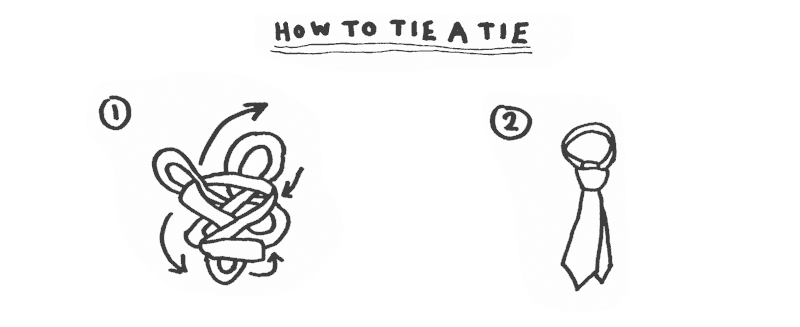BLOG
5 Subtle Content Techniques That Drive Website Sales
There once was a time when advertising gimmicks, fancy GIFs and pop-ups could entice the occasional idiot to purchase from your site (we all did it). Now, even the simplest of beings seem immune to such trickery.
More than 50% of consumers now don’t trust any type of advertising. When you consider that the internet is filled with so many fake products, spam sites and offers that just seem too good to be true, you can’t really blame them.
As a result, managers of website content are looking to find more ways of selling without making the customer feel as though they’re resorting to a hard sell. But how do you do that? Subtlety is the key. Here are five content techniques that can boost sales without being too ‘ad-like’:
Customer Reviews

People would often look for the opinions of other users in order to make a decision about buying something. This ‘social proof’ gives consumers an affirmation that they won’t be left cheated and embarrassed . It also shows consumers that your product has been tested by other people, and that they’re willing to share their experience with others. In customer reviews, potential buyers will be able to learn more about the product from an honest and unbiased source.
You want to make sure that these reviews are trustworthy, so you should try not to filter out any negative reviews. It is understandable to remove any that are too detrimental to your company’s reputation, but you should definitely try to keep as many in there as possible. This way, consumers are more likely to believe that these are genuine reviews.
Remember, there are buyers out there who specifically look for flaws in order to check if or how they can deal with them, while considering the benefits of the product you’re selling (so these seemingly negative reviews can actually provide a great opportunity for you to show that you are willing to be proactive in responding to any customer issues).
The FAQ Section

After reading a long product description that sings about the product’s benefits, customers are more likely to have a look at the FAQ section. So what does the FAQ section include? It contains all the typical questions customers are likely to ask when it comes to your product. For instance, you may be selling printers with a bunch of great features. In your FAQ section, you can answer questions like “How do I connect my printer wirelessly?” or “What kind of ink cartridges you I need?” or “Do you accept PayPal?” Even if all this information is already in your site, the FAQ section gives visitors just one place to go in order to answer all their questions or at least to be instantly led to the page where they can find their answers.
It can the further benefit of significantly reducing your customer service enquiries, potentially saving you a lot of money.
If you’re looking to add an FAQ section to your site, you have to keep a couple of things in mind:
- Write the FAQ in your target market’s language. As much as possible, keep it simple but informative. If possible, answer with bullet points and lists for easier reading.
- Organise the questions into subcategories so users can easily find the questions they want answered.
- Add visuals, if possible. If the question to be answered requires a demonstration, adding a few images or a video may be more helpful than just adding text.
Give Facts

Be as detailed as you can about your product. Make sure that everything the customer may need to know can be read from the product description. So things like weight, the material used, the available sizes, as well as the technical specifications of your product must be in the description.
If your information is lacking, and the customer can’t find what they’re looking for in the FAQ, they will most likely search for answers on other sites. Make sure that you’ve included as much information as you can about your product, so your potential customers don’t stray to your competitors!
Tips and Guides

Other than the outright facts and specs of the product, you can also enrich the value of your product by giving your customers a how-to guide for how they best benefit from owning your product.
For instance, if you’re selling fashion accessories, you can add outfit guides and suggestions for how they can use the accessories. If you’re selling kitchenware, you can include recipes. If your product is manages events, you can provide information tips on how to ensure the event will be a success, or tips on how to prevent cranky guests.
Show Them How It’s Done

Customers can choose to read the content, but for those who are more interested in pictures, videos, charts and graphs, give them this option. Infographics are a great way to combine facts and images, and tend to achieve much greater social media engagement. Images and videos, as well as being more likely to be shared, tend (on average) to keep people on the page and your site for longer.
Summary
To drive website sales, you don’t need to be too overt about what you’re selling. Rather than trying to shove your product down the throats of your visitors, try to sell your products more tactfully.
Offering thorough information is a surefire way to ensure that consumers are aware of everything you have to offer. Keep these 5 content types in mind when you next change your website copy. They’ll definitely keep you ahead of the game!











